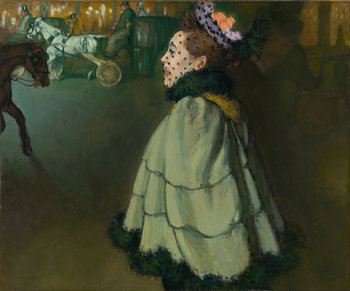Design Related Guides
| |
Sensory design is designing things by considering the total experience related to the human senses of vision, hearing, taste, smell and touch. The term also extends to designing things by considering sensations that extend from senses such as temperature, vibration and pressure. The following are illustrative examples of sensory design.
ArchitectureAn architect aims to design the night architecture of a building to invoke emotions and ideas. VehiclesThe designers of a luxury vehicle aim to make seats feel plush with the right amount of support. When the seats are adjusted the designers aim for a smooth, flowing and stable movement with a slight pleasant sound. ElectronicsEngineers consider the pleasantness of the smell produced by an air purifier.
Fast Moving Consumer GoodsFormulations of organic toothpaste are compared according to factors such as appearance, taste, smell and feel on your teeth. For example, one formulation may feel too abrasive on the teeth and another may taste too minty.FurnitureA designer of a chaise lounge considers the sound the chair makes when you sit in it.ServicesA hotel experiments and finds that customers prefer a warmer interior on bitterly cold days and a colder interior on hot days.FashionA fashion designer considers a large number of sensory factors such as the feel of a material or the way that light reflects from a button.Stationery A pen that is easy to grip or paper that has a crisp feel to it.EntertainmentThe design of an attraction at a theme park that makes use of smell to provide a more stimulative experience. |
Type | | Definition | Design that considers human senses and sensations. | Related Concepts | |
User Experience
This is the complete list of articles we have written about user experience.
If you enjoyed this page, please consider bookmarking Simplicable.
An overview of sensory analysis.
An overview of night architecture.
The definition of look and feel with an example.
The definition of selective attention with examples.
An overview of production design with examples.
A comprehensive guide to design.
An overview of color theory.
The difference between layout and composition.
The difference between modeless and contextual user interfaces explained.
A list of common types of design.
The steps in a design process.
The common types of design quality.
A definition of universal design with examples.
An overview of emotional design.
The definition of elegance with examples.
TrendingThe most popular articles on Simplicable in the past day.
Recent posts or updates on Simplicable.
Site Map
© 2010-2023 Simplicable. All Rights Reserved. Reproduction of materials found on this site, in any form, without explicit permission is prohibited.
View credits & copyrights or citation information for this page.
|




























